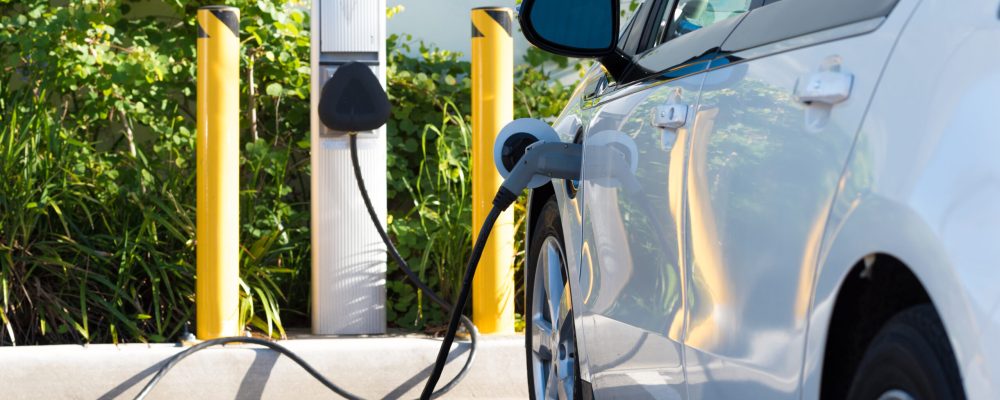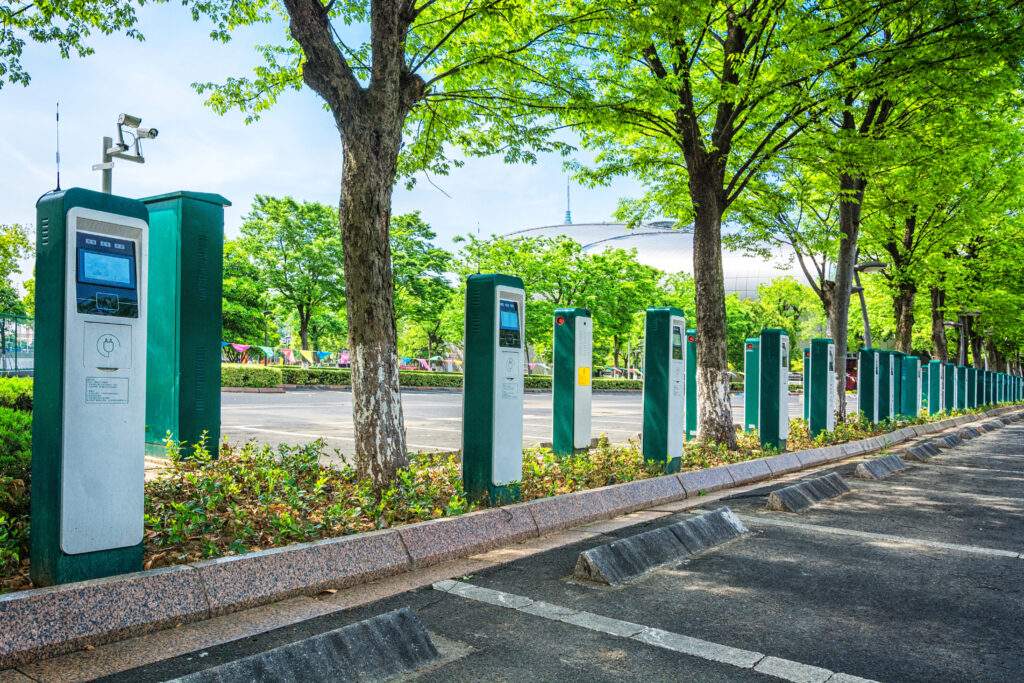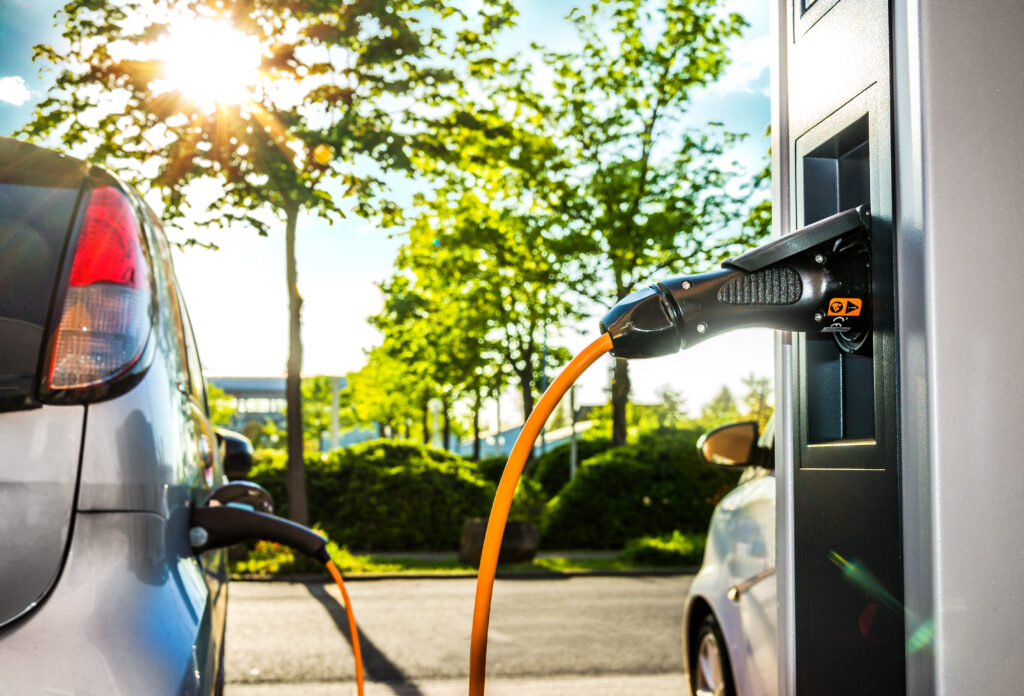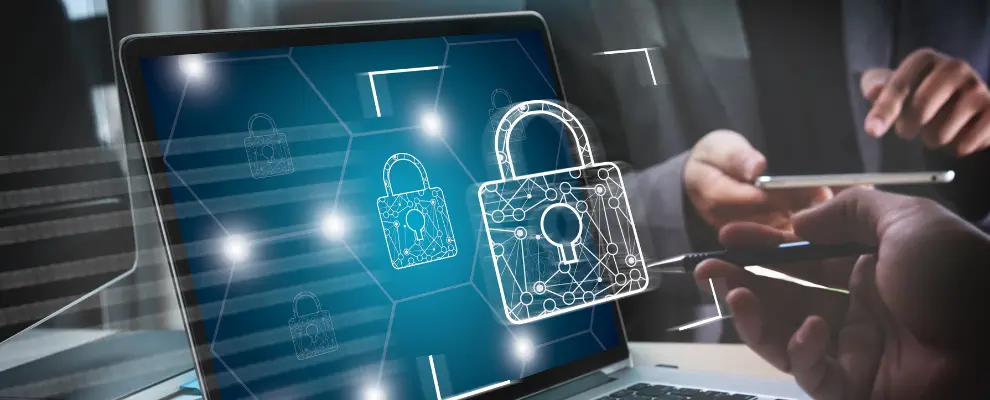
The information provided is based on the published date.
Key takeaways
- The 2024 Electric Vehicle Tax Credit offers buyers the opportunity to save money on their EV purchase
- Eligibility rules apply, including income thresholds and vehicle characteristics
- North American assembly and sourcing of battery components and critical minerals are essential for qualifying for the EV tax credit
- Look for state and local incentives, leasing options, and transferability to dealers at point of sale, starting in 2024
Imagine saving thousands of dollars on your next electric vehicle (EV) purchase while contributing to a cleaner, greener future. The 2024 electric vehicle tax credit is here to make that dream a reality.
In this post, we will guide you through the ins and outs of the federal EV tax credit, the upcoming changes under the Inflation Reduction Act, and how to maximize your benefits and savings.
Understanding the 2024 electric vehicle tax credit
The 2024 Electric Vehicle Tax Credit, part of the Inflation Reduction Act, brings a renewed boost for EV buyers, including those interested in fuel cell electric vehicle options (also known as fuel cell vehicles). The new changes include the following:
- The elimination of manufacturer sales caps
- The inclusion of both EVs and fuel cell electric vehicles (FCEVs)
- The requirement of a minimum battery capacity
The federal tax credit offers significant savings opportunities on your next EV purchase. But before you can claim the credit, your EV must meet specific criteria, including income thresholds and vehicle characteristics.
We will break down the eligibility criteria for new and used EVs, income thresholds, and vehicle price caps so you can understand the 2024 EV tax credit comprehensively and uncover potential savings.
New and used EV eligibility
New electric vehicles must meet certain income thresholds, vehicle age, and price limits to qualify for the federal tax credit. For example, the vehicle’s MSRP must not exceed specific amounts, and for used EVs, the models must be at least two years old to qualify. Additionally, the car must weigh less than 14,000 pounds, and the credit can only be claimed once every three years for pre-owned vehicles.
Under the Inflation Reduction Act, the used EV tax credit now offers a credit amounting to 30% of the sale price, with a maximum limit of $4,000. This offers consumers potentially significant savings when purchasing new and used electric vehicles.
Income thresholds and vehicle price caps
Understanding the income thresholds and vehicle price caps is key to successfully claiming the EV tax credit for vehicles purchased. Here are the essential details:
- Your modified adjusted gross income (MAGI) cannot exceed specific IRS limits. You can use your MAGI from the year you take delivery of the vehicle (placing the car in service) or the year prior, whichever is less.
- Vans, SUVs, and pickup trucks must have a maximum Manufacturer’s Suggested Retail Price (MSRP) of $80,000 and a gross vehicle weight rating within the eligible range to qualify for the credit.
- Sedans and passenger cars are capped at $55,000.
- Used vehicles have a maximum price of $25,000.
New car EV income limits
| Tax-filing status | Modified adjusted gross income |
| Single | $150,000. |
| Head of household | $225,000. |
| Married, filing jointly | $300,000. |
| Married, filing separately | $150,000. |
Used car EV income limits
| Tax-filing status | Modified adjusted gross income |
| Single | $75,000. |
| Head of household | $112,500. |
| Married, filing jointly | $150,000. |
| Married, filing separately | $75,000. |
Source: IRS: Credits for New Clean Vehicles Purchased in 2023 or After
If your income does not meet the requirements for the EV tax credit, consider employing tax strategies such as maximizing your 401(k) contributions or contributing to an HSA or FSA to lower your tax liability throughout the year.
Battery requirements and critical minerals

Besides income thresholds and vehicle price caps, the 2024 EV tax credit mandates that your electric vehicle satisfy specific battery and critical mineral requirements.
Vehicles must meet both the critical mineral and battery component requirements to qualify for the tax credit.
The amount of credit available is $7,500. However, if your vehicle only meets the battery component requirements, the maximum tax credit is $3,750.
To shed light on these requirements and your EV’s eligibility for the tax credit, let’s delve into the importance of North American assembly and sourcing for battery components and critical minerals.
North American assembly and sourcing
For your EV to be eligible for the tax credit, the assembly or manufacturing of battery components and critical minerals must occur in North America. The battery portion of the credit has a 50% threshold, while the critical minerals portion holds a 40% threshold.
Starting in 2024, battery parts from a foreign country of concern will not be allowed, and from 2025 onward, critical minerals sourced from a foreign country of concern will be prohibited. This highlights the importance of North American assembly and sourcing in qualifying for the EV tax credit.
Note: Fuel cell vehicles do not have to be produced by a qualified manufacturer to be eligible.
Checking your vehicle’s eligibility
To check your vehicle’s eligibility for the EV tax credit, you can use the Vehicle Identification Number (VIN) database and other resources like FuelEconomy.gov and the Internal Revenue Service website. By inputting your vehicle’s VIN into the database, you can verify whether it meets the tax credit program’s regulations and requirements.
Keeping up-to-date with eligible models and requirements is vital to fully leverage the EV tax credit benefits. With the right resources and knowledge, you can confidently navigate the complexities of the credit and make an informed decision when purchasing your next electric vehicle.
Claiming the electric vehicle tax credit
To claim the EV tax credit, you must file Form 8936 with your tax return and include your vehicle’s Vehicle Identification Number (VIN). EVs purchased in 2023 and delivered before the end of the year qualify for the tax credit.
The credit can be claimed when filing your 2023 taxes in 2024. Remember that the credit is nonrefundable, meaning you cannot receive more on the credit than what you owe in taxes, and any excess credit cannot be applied to future tax years.
From January 1, 2024, the EV tax credit introduces an intriguing shift: the ability to transfer your tax credit to a car dealer at the point of sale. Let’s examine the mutual benefits this modification offers to both consumers and dealers.
Transferring the credit to dealers
From January 1, 2024, consumers have the option to transfer their clean vehicle tax credit, specifically the EV tax credit, to a car dealer for vehicles placed in service, allowing for a mutually beneficial arrangement. By registering with the IRS as a dealer, the dealer can reduce the vehicle’s purchase price or provide cash to the buyer in exchange for the transferred tax credit.
Keep in mind that to transfer the credit, the buyer must still fulfill all the eligibility criteria. This criteria includes having a federal tax burden and disclosing relevant tax information to the dealer. This transfer option not only simplifies the process for consumers but also offers an attractive incentive for dealers to promote electric vehicle sales.
State and local incentives for electric vehicles

Beyond the federal EV tax credit, additional tax incentives are available to help you save on your electric vehicle purchase. These incentives may include state and local rebates, carpool lane access, and tax exemptions. Some states, such as California, Colorado, Connecticut, Delaware, Maryland, Massachusetts, New York, and Oregon, offer particularly generous incentives for electric vehicles.
However, be aware of limitations in some states that may not allow “double-dipping” or claiming both a state-level rebate and a federal tax credit. By researching state and local incentives, you can maximize your electric vehicle purchase savings.
Leasing and the electric vehicle tax credit
Leasing an electric vehicle, including sport utility vehicles (SUVs), also comes with its share of benefits regarding the EV tax credit. Leased electric vehicles are classified as ‘commercial vehicles’ and are eligible for the tax credit. Lessees can qualify for the full federal clean vehicle credit, which can result in significant savings.
When leasing an EV, the dealer can transmit the tax credit savings to the consumer by reducing the lease payments. This arrangement creates an attractive opportunity for those who prefer leasing over purchasing an electric vehicle while still enjoying the benefits of the tax credit.
Related: Leasing vs buying a car: What makes sense for you?
Navigating the complexities of the EV tax credit
Grasping the nuances of the EV tax credit is vital to optimizing your benefits and savings. Familiarity with the federal tax credit, risk in receiving the credit after vehicle delivery, and complexities in tax credit eligibility are common challenges consumers face. Seeking professional advice can help ensure you utilize all available tax credits and deductions while navigating the complexities of the EV tax credit.
Don’t be discouraged by the complexities of the EV tax credit. Armed with the necessary knowledge and support, you can make informed decisions and reap significant savings on your electric vehicle purchase.
Final word
The 2024 Electric Vehicle Tax Credit offers a valuable opportunity for consumers to save thousands of dollars on their next EV purchase. You can make the most of this financial incentive by understanding the eligibility criteria, battery requirements, and critical minerals, along with the process of claiming the tax credit. Furthermore, exploring state and local incentives and the benefits of leasing an EV can result in even greater savings.
Frequently Asked Questions
Is the $7500 tax credit to make new electric vehicles?
The $7,500 tax credit for new electric vehicles is available from 2023 and can be claimed on tax returns filed in 2024. The credit may be up to $4,000 for used electric cars and also applies to fuel cell electric vehicles (FCVs).
How do I qualify for the full $7,500 federal electric vehicle tax credit?
To qualify for the full $7,500 federal electric vehicle tax credit, the vehicle must meet both the critical mineral and battery component requirements, have an MSRP below $80,000 (or $55,000 for other vehicles), have a battery capacity of at least 7 kilowatt hours, and a gross vehicle weight rating of less than 14,000 pounds. Additionally, your total annual adjusted gross income must not exceed certain limits.
Is the $7,500 EV tax credit going away?
The $7,500 EV tax credit is still in place for the next ten years, until December 2032, with a maximum amount of $7,500 for new vehicles. The rules for this credit were modified by the Inflation Reduction Act of 2022, and taxpayers can only claim one credit per vehicle.
Will any EV qualify for the tax credit?
Yes, some EVs will qualify for the federal tax credit of up to $7,500 or up to $4,000 for a used EV beginning in 2023. Qualifying vehicles must meet specific rules regarding MSRP and battery capacity. Used cars must be plug-in electric or fuel cell with at least 7 kilowatt hours of battery capacity to qualify.
How much can I save with the federal EV tax credit?
You can save up to $7,500 with the federal EV tax credit for new vehicles or up to $4,000 for used cars. Some states offer additional incentives.
Facet
Facet Wealth, Inc. (“Facet”) is an SEC registered investment adviser headquartered in Baltimore, Maryland. This is not an offer to sell securities or the solicitation of an offer to purchase securities. This is not investment, financial, legal, or tax advice. Past performance is not a guarantee of future performance.


